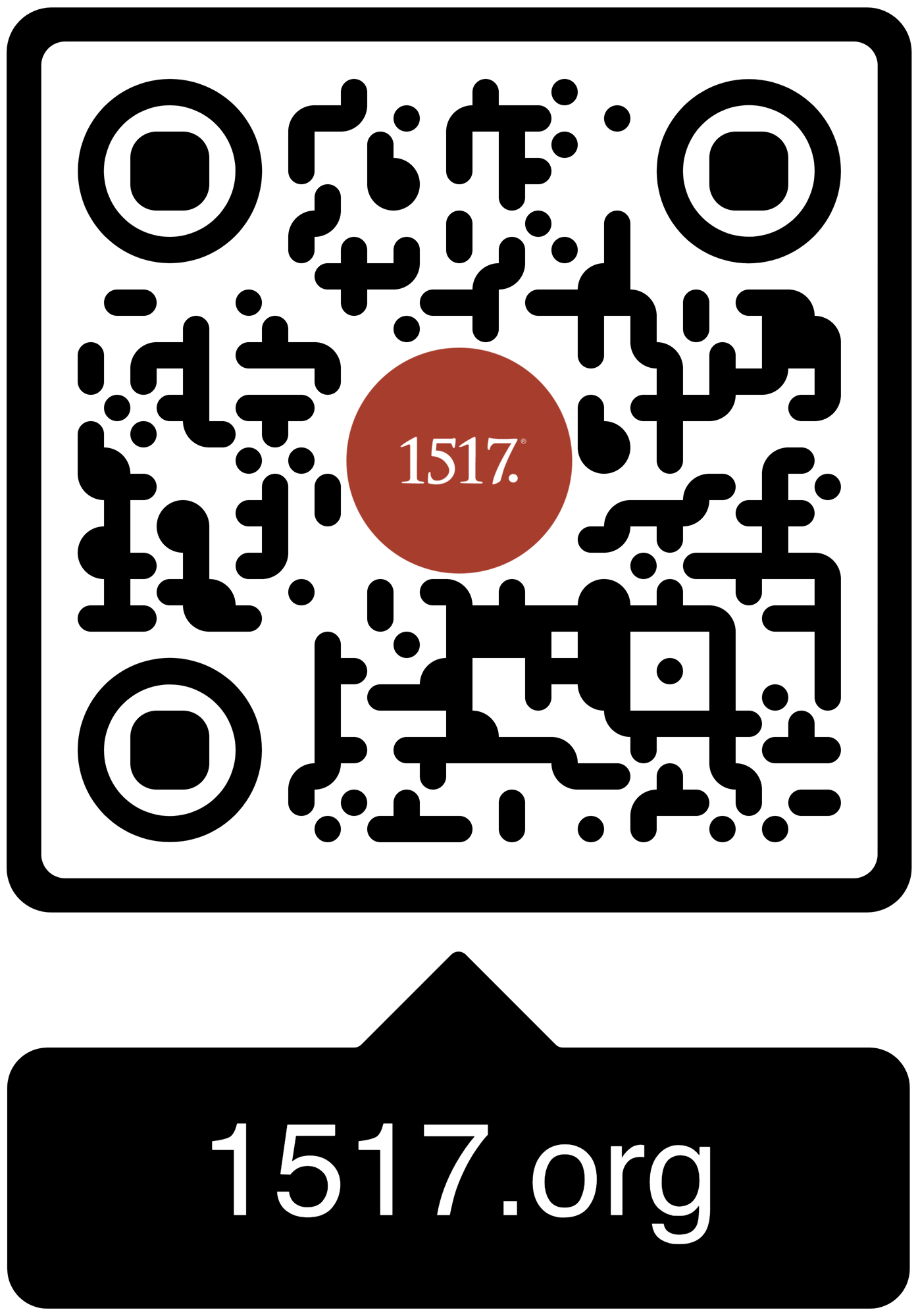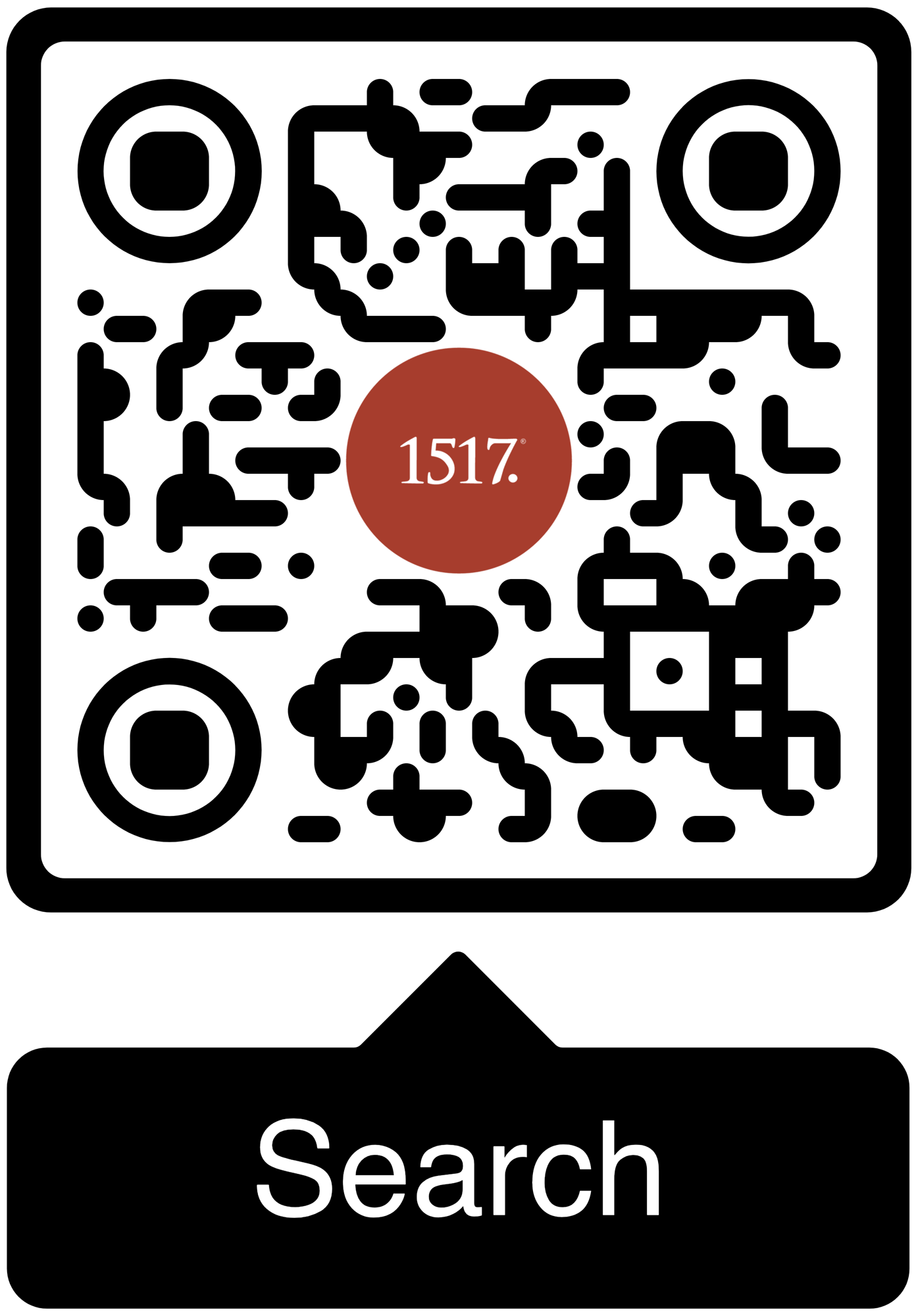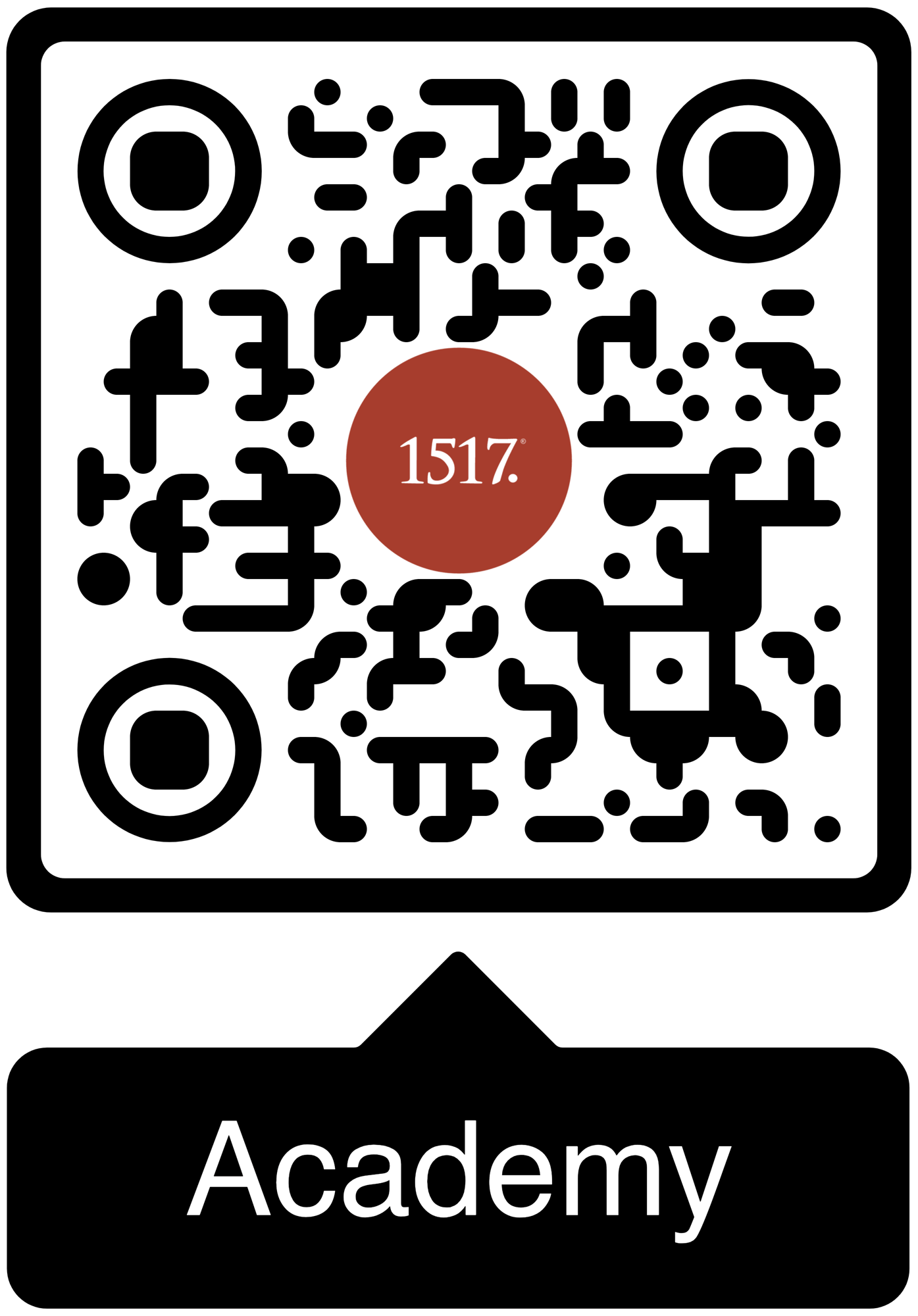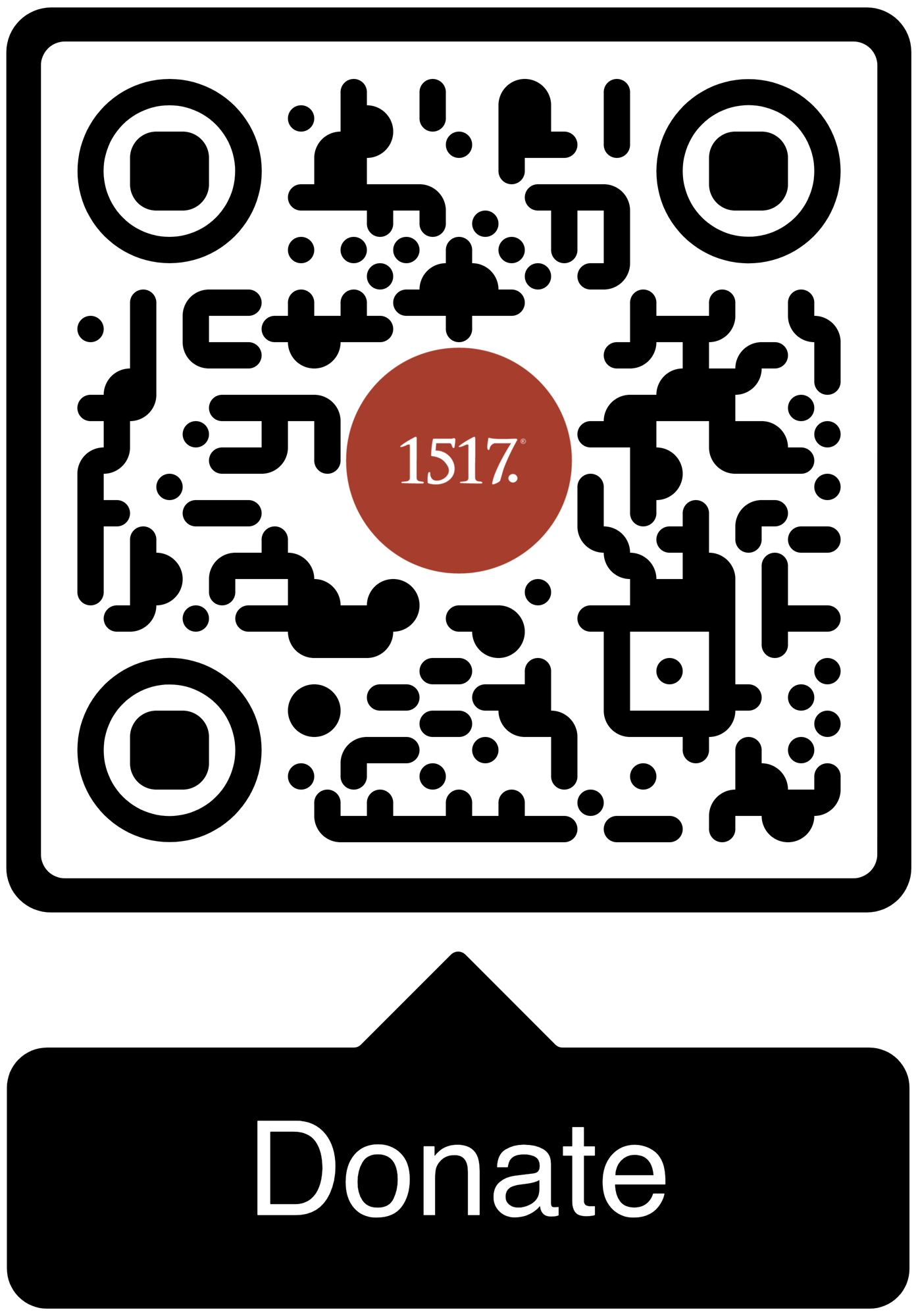The ways of the world lead to death but the way of the Lord is life eternal in His presence.
Our text for this Sunday does a good job of showing how the trouble in the world will one day come to an end and the only solution to that trouble is the Lord. The ways of the world lead to death but the way of the Lord is life eternal in His presence.
In order to adequately set up the text we need to grab one verse earlier than our reading. Verse 18 starts out declaring that the Lord knows their “works and thoughts” but the only way to know what he is referring to is to look at verse 17, which actually tells us what those works and thoughts are:
“Those who sanctify and purify themselves to go into the gardens, following one in the midst, eating pig’s flesh and the abomination and mice, shall come to an end together, declares the Lord.”
Here is the trouble. Israel is unclean because of their idolatry (Leviticus 11:7; Deuteronomy 14:8). However, the Lord has this little community out there in the world. It is a remnant in which He has placed a sign like a banner to draw people to the living God. From that remnant a new city will be built so there might be sanctuary in the world again. For the Church, the sign that sends people out is the empty tomb of Jesus. That is the doorway to this new city of God, this new place in the world (Acts 2:22-36). Isaiah 11:10 and 12 speak of this sign and banner:
“In that day, the root of Jesse (Jesus), who shall stand as a signal for the peoples—of Him shall the nations inquire, and His resting place shall be glorious... He will raise a signal for the nations and will assemble the banished of Israel and gather the dispersed of Judah from the four corners of the earth.”
The Church knows this sign and banner to be the sign of the Son of Man (Matthew 24:30).
Recently our church installed new stained-glass windows. The panel for the resurrection of Jesus has Him fixed between Heaven and Earth, where He is Gloriously resurrected and placed. He remains fixed above the empty tomb and with one hand He is pointing the way to Heaven. In His other hand, He is holding a banner, a flag. The design of the flag is simple. A white field and a long red cross. Its train is long because it is meant to be seen even from far away. Isaiah’s message is good news for the remnant in his midst, but it is also good news for the Church of today as well. The Messiah has come, and He has raised a banner of victory over death and given us a way of life through His own death and resurrection. Isaiah proclaims Christ victory and our eternal hope in Jesus.
The Messiah has come, and He has raised a banner of victory over death and given us a way of life through His own death and resurrection.
I love the way our reading ends. There is eternal life for all in the living presence of God. It is so reminiscent of Revelation (21:2-4) and the consistent message of Isaiah (4:2; 11:10; 43:7; 58:8; 60:1-2, 13:62:2). From the trouble of the world to the solution found only in the living God we have a great opportunity to preach the truth the world needs to hear in order to repent and turn towards Him. It is the only gospel that can save.
“Paul Scott Wilson has popularized the law/gospel structure through his work, The Four Pages of the Sermon. In this work, Wilson speaks of four rhetorical units in the sermon, two of them based upon law and two based upon the gospel: (1) trouble in the text, (2) trouble in the world, (3) grace in the text, and (4) grace in the world.
During the course of the sermon, the preacher will take his hearers through these four experiences. As Wilson notes, the preacher can vary the way in which he orders the references to these four rhetorical units in order to create some variety with this design.
The sermon could offer a comprehensive movement from trouble to grace. Here, the sermon begins by presenting trouble in the text and trouble in the world and then proclaims grace in the text and grace in the world. This structure works well when approaching a sin that is difficult to speak about in the congregation as it allows the text to begin conversation leading to a confession of that sin, or the sermon begins by presenting trouble in the world and trouble in the text and then proclaims grace in the text and grace in the world. This structure works well when a particular sin is widely known and experienced in a congregation and the preacher desires to help the congregation see how they, in this way, are very similar to people in the biblical text. Preserving the placement of grace in the text at the major turn of the sermon allows the preacher to highlight God’s gracious intervention as recorded in Scripture as the source of our present trust and hope.
The sermon could offer a recurrent movement from trouble to grace. Here, the sermon has two moments of turning from law to gospel: One situated in the text, and one situated in the world. For example, the sermon begins with trouble in the text and then moves to grace in the text. Then the sermon continues by exploring trouble in the world only to move to proclaiming grace in the world. By dividing the sermon between an encounter with the text and then an examination of the world, the sermon mirrors the flow of the text application structure. It also allows the preacher two opportunities to proclaim a life changing moment of grace in the sermon, one in relation to trouble in the text and one in relation to trouble in the lives of the hearers.”[1]
------
Additional Resources:
Craft of Preaching-Check out out 1517’s resources on Isaiah 66:18-23.
Concordia Theology-Various helps from Concordia Seminary in St. Louis, MO to assist you in preaching Isaiah 66:18-23.
Lectionary Kick-Start-Check out this fantastic podcast from Craft of Preaching authors Peter Nafzger and David Schmitt as they dig into the texts for this Sunday!
The Pastor’s Workshop-Check out all the great preaching resources from our friends at the Pastor’s Workshop!
-----
[1] https://concordiatheology.org/sermon-structs/dynamic/lawgospel-structure/





